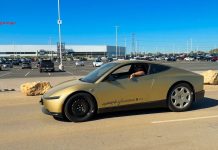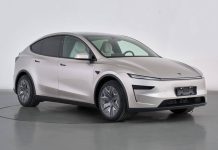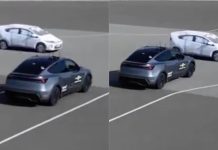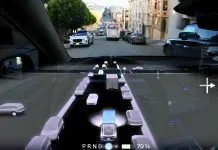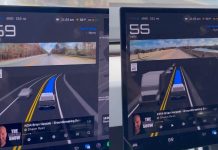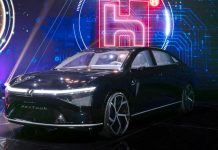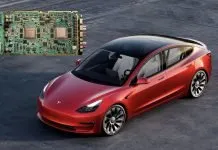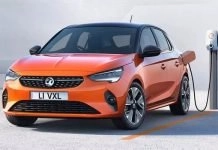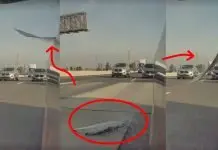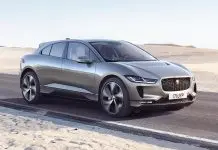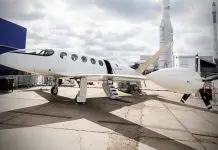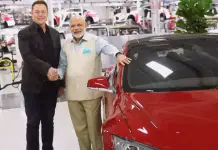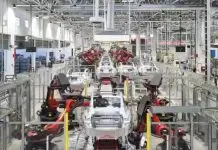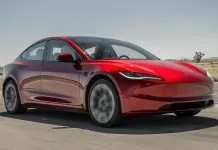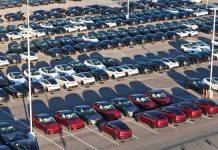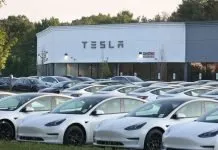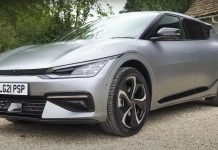We have seen Tesla vehicles driving autonomously at Giga Texas. Still, Tesla has achieved another significant milestone by implementing its Full Self-Driving (FSD) Unsupervised system at the Gigafactory Berlin. Now, fresh vehicles coming off the production line autonomously navigate to the logistics lot, a big improvement in automation at the factory.
Tesla vehicles equipped with the FSD Unsupervised system can navigate a 1.2-mile (1.9 km) section on the factory grounds, driving through intersections, maintaining their speed, and halting as needed, without a human at the wheel. The environment is designed to allow Tesla to hone its autonomous systems before the technology goes public.
Clips posted on different social media sites have revealed that dozens of Model Ys are driven autonomously through assembly and out to drop zones. They can navigate factory paths with twists and move around dynamic obstacles, proving the system can stand up to various challenges.
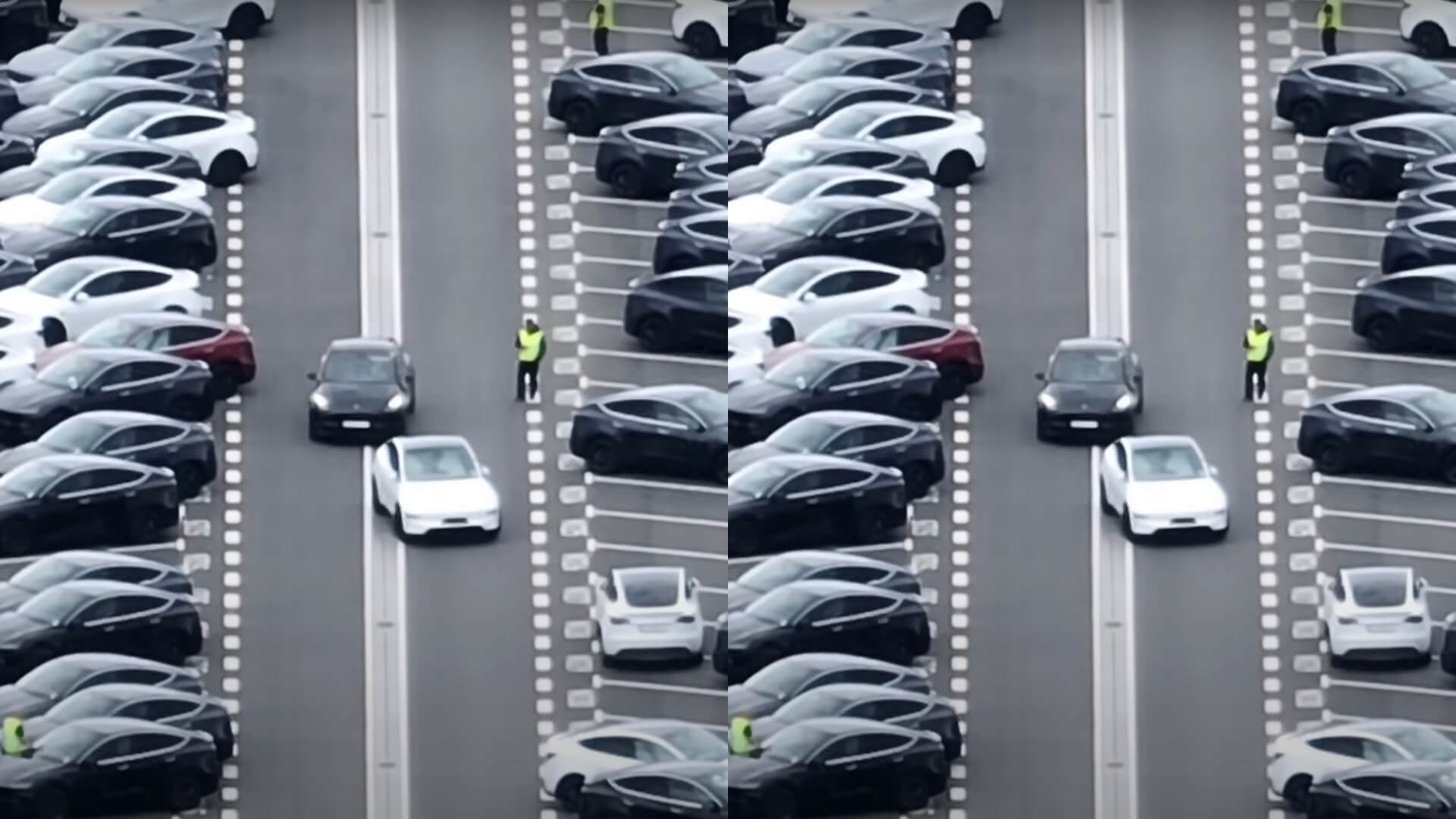
Enhancing Efficiency and Reducing Costs
By automating the vehicle movement within the factory, Tesla wants to make production faster, free up workers for other duties, and decrease expenses. By using this solution, companies can get products to customers faster and use their employees more effectively on essential tasks within manufacturing.
Tesla is now using a new process to calibrate its cameras before they are installed in cars. Before, calibrating the cameras for vehicles needed up to 25 miles of test driving after they were built. Today, vehicles that move along the assembly line undergo automatic calibration, allowing the FSD features to be active on delivery.
The FSD Unsupervised software at Giga Berlin is working well, just like it has at Tesla’s Fremont and Austin factories. This is one of several steps Tesla is taking to add autonomous driving capabilities to its existing operations and spread it to its Giga Texas facility.
Tesla’s CEO, Elon Musk, has informed the public that an unsupervised robotaxi service, open to all, will begin in Austin, Texas, around June 2025. By permitting paid trips without drivers, this service could greatly support reaching full autonomous transportation.
Industry Impact and Outlook
Integration of unsupervised autonomous driving within its manufacturing processes is something new in the industry, thanks to Tesla. Other automakers have examined automation, but Tesla’s choice to have its own FSD move vehicles in the factory is new.
As a result of this advancement, Tesla is driving interest in innovation and using real-world conditions to test and adjust autonomous driving systems. While the company works to improve its FSD abilities, what is learned in the factory will be important for future deployments on the roads.
In short, Tesla’s use of FSD Unsupervised in manufacturing at Giga Berlin shows great progress in automation and autonomous vehicles. Thanks to new technological breakthroughs, the road to autonomous vehicles is becoming smoother.

